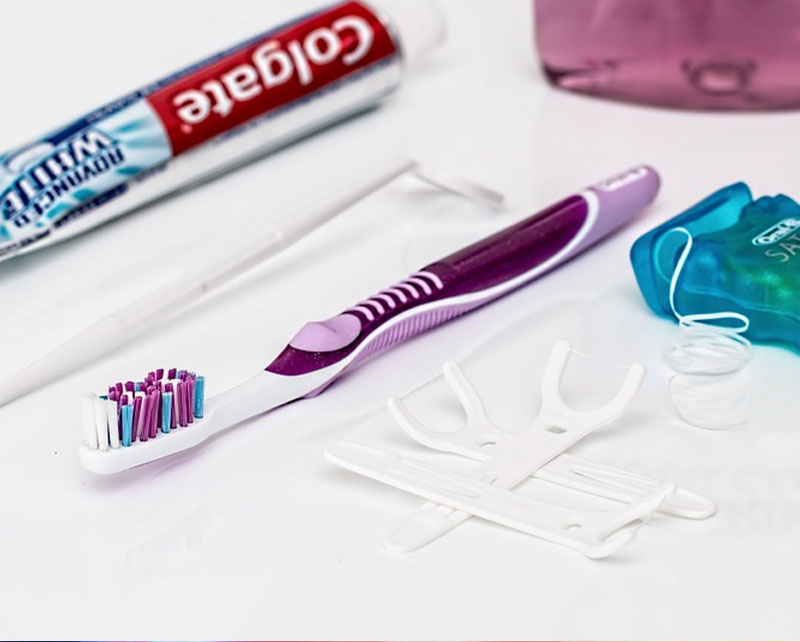Dental Fillings
What are Tooth Fillings?

Why would you need a Filling?
Fillings are needed in various circumstances. Some of these are:
- Cavities/oral decay.
- Teeth grinding.
- Cracked and broken tooth/teeth.
Possible Treatments
Below are some the possible treatments available. Each treatment has its benefits and are more suitable for certain cases over others, it is important that you come in and speak to us so we can recommend the best treatment possible for you.
- White Fillings
- Metal Fillings
White Fillings
White fillings are made of plastic or composite resin. Composite filling materials are widely used today and have proved to be durable, long-lasting, and look great. Because composite fillings are tooth coloured, they can be closely matched to the original colour of existing teeth, therefore these are more suited for use in front teeth or the more visible areas of the teeth.
Metal Fillings
Metal fillings are made of gold or a silver amalgam. Silver Amalgam is made up of a combination of mercury, silver, tin, zinc, and copper. Amalgam is long lasting and hard wearing and has been used in fillings for at least 150 years. It is economical to use and it is not unusual for an amalgam filling to last 15 to 20 years.
Treatment Process
- The process of treatment begins with an assessment of the decayed or cracked tooth, if you feel uncomfort and think you may need a filling, then come see us as soon as possible.
- Once the dentist has determined the situation and the best form of action, a local anaesthetic will be administered. A local anaesthetic is when you are completely awake, the local anaesthetic is made in the gum via small, narrow needle. It is generally just a small, pinching sensation.
- A small dental drill or even a laser instrument will be used to remove the decaying area. Your dentist will determine what type of instruments are usable in the office.
- The dentist must now gently tap the area where he/she has drilled to make certain that all decay had been effectively removed.
- Next, the dentist will clean the area to be filled.
- The dentist will use a white or metal filling to patch the hollow that was made by removal.
- For white fillings, a special curing light is necessary in order to properly harden the layers of filling that need to be applied.
- To Finish the process the dentist trims and polishes the tooth area of any excess materials.
Benefits of a Tooth Filling?
- A healthy tooth repaired with a minor procedure.
- The stoppage of further tooth decay or cracking, thus saving the tooth from extraction.
After Effects
After the procedure, the local anaesthetic will slowly wear off, and the patient will feel a numb sensation until thoroughly worn off.
After the procedure, slight discomfort or mild pain will be felt. This is brief and can be remedied by paracetamol or other pain killers prescribed by your local pharmacy.
Now that the tooth decay has been dealt with, there is generally no further treatment necessary. It is very important to keep regular dental check-ups and brush teeth daily.
Did you know
Fillings can stop tooth decay and save a tooth, so if you feel pain or discomfort, come to see us ASAP. Leaving the situation untreated may cost you a lot more in the future in the form of a root canal, or even losing the tooth, forcing you to get a tooth implant or dentures.
Dental caries (tooth decay) remains the most prevalent chronic disease in both children and adults, even though it is largely preventable. Although caries has significantly decreased for most people over the past four decades, disparities remain among some population groups. In addition, this downward trend has recently reversed for young children.”
Percent of adults 20 to 64 have had tooth decay in their permanent teeth.
(statisticbrain.com)
Tooth Filling Fees
General Dentistry
Contact us Today!
Are you looking for more information regarding a tooth problem or getting a filling? then simply fill in the form below, and we will contact you as soon as possible. Alternatively, you can call us on 01 2014180










